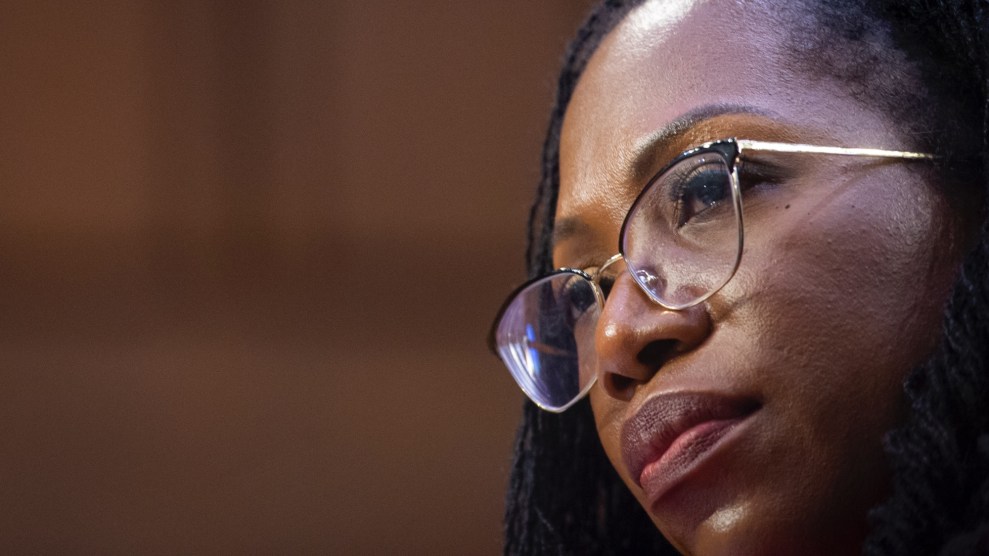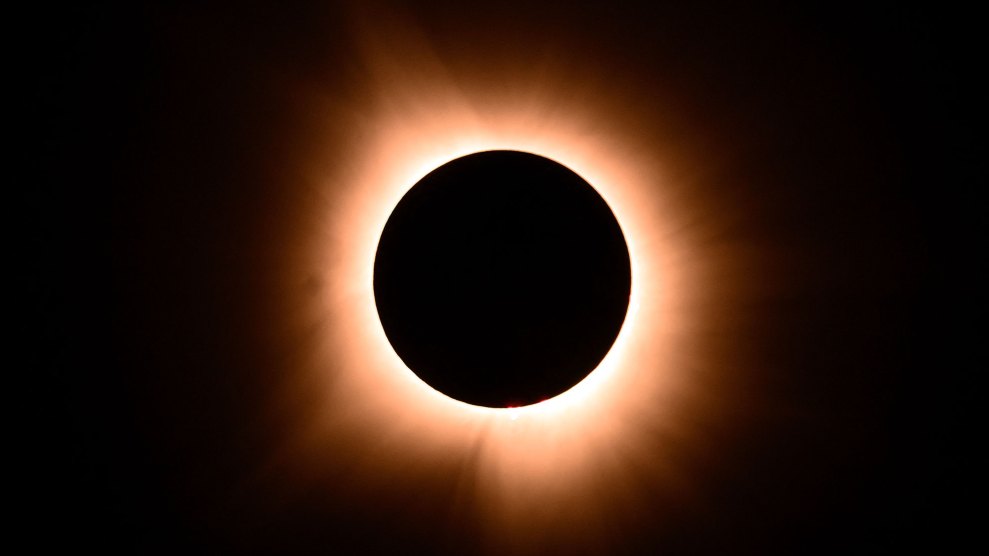It’s been widely noted – and clucked about – that this year’s party conventions will get less play from the networks than at any time since the events were first televised in 1948. Cable is going for all-out, gavel-to-gavel coverage, but the nets will show only three hours.
How come? Well, partly because most people aren’t interested — and rightly so, notes the Christian Science Monitor:
[F]or most Americans, the Democratic National Convention will be but a blip on the radar screen – if it registers at all. Political conventions are now designed to be news-free zones; expect no platform fights, no multiple ballots to settle on the nominees, no smoke-filled rooms.
“Apart from the acceptance speeches, the only people watching will be base Democrats, hard-core political junkies, and Republican opposition researchers,” says [a political scientist].
That might be overstating things. Or it might not. Of respondents to a Marist College poll last week, 65 percent said they plan to watch some or “a great deal” of the proceedings in Boston. But according to a Harvard Kennedy School survey released the same day, only 31 percent do.
The networks are obviously betting on the Kennedy School scenario, on the thinking that there just isn’t a great appetite out there for convention coverage. But as this Washington Post piece suggests, this logic is self-fulfilling.
[Thomas E. Patterson of the Kennedy School] thinks the networks should carry more of the convention to fulfill their officially mandated “public service” requirements. He thinks the networks’ argument against more coverage — that declining ratings don’t justify it — is a self-fulfilling one. “They are as much leading” the viewership decline as following it, he says.
To back that up, he points to statistics from Nielsen Media Research that show that the networks have cut their convention coverage hours at a far faster clip than the corresponding decline in the audience. Observes Patterson “There’s a market out there, but if you starve it, it shrinks.”
And make no mistake, it will shrink. The same piece notes that “during the 2000 conventions, the audience ranged from 15 million to 27 million households when the broadcast networks carried coverage. With cable-only coverage, the audience never exceeded 10 million.”
OK, so if media coverage is down, and–let’s assume–public interest is waning (even admitting that this may be a result, not a cause of the reduced coverage) how come there are 15,000 journalists (yes, that’s right, three times the number of delegates) at the convention this week? What are they up to? Nicholas Von Hoffman, writing in The New Republic in 1988, came up with this intriguing explanation, which, if true then, must be far truer now.
If the convention has ceased to have a political function, it has its uses for journalism. The mass media has moved into the politicians’ spot like a cowbird in a thrush’s nest and turned it into journalism’s equivalent of the annual meeting of the Modern Language Association, where the nation’s teachers of English come to look for jobs. Every four years this is where thousands of media executives, editors, reporters, public relations firms, and who knows what all else come to network their little heads off, making contacts and cruising for job offers. The numbers of media people and the money spent for entertainments bear no relationship to the importance of the story they have ostensibly gathered to cover. They, indeed, will be the only dynamic force at Atlanta and New Orleans, for the national convention itself is a political cultural lag, a government subsidized anachronism living on from the time of the Pullman car and the telegrapher’s key.
Well, come to think of it, the
the “Momentum” party thrown in honor of the media–which kicked off Convention Week on Saturday night in Boston–was, by far, the biggest bash of the entire week, featuring a drum and bugle corps that “led the crowd through glass doors into a massive room with lantern-lit cabanas, a seemingly endless line of cocktail bars, even a Ferris wheel.”
If that’s a taste of what convention week’s all about, no wonder journalists find it so compelling. Even media people, though, can have too much of a good thing.
”We were wondering what ‘Momentum’ was all about,” said conservative commentator Ann Coulter. ”The drinks are excellent. But too many journalists.”














